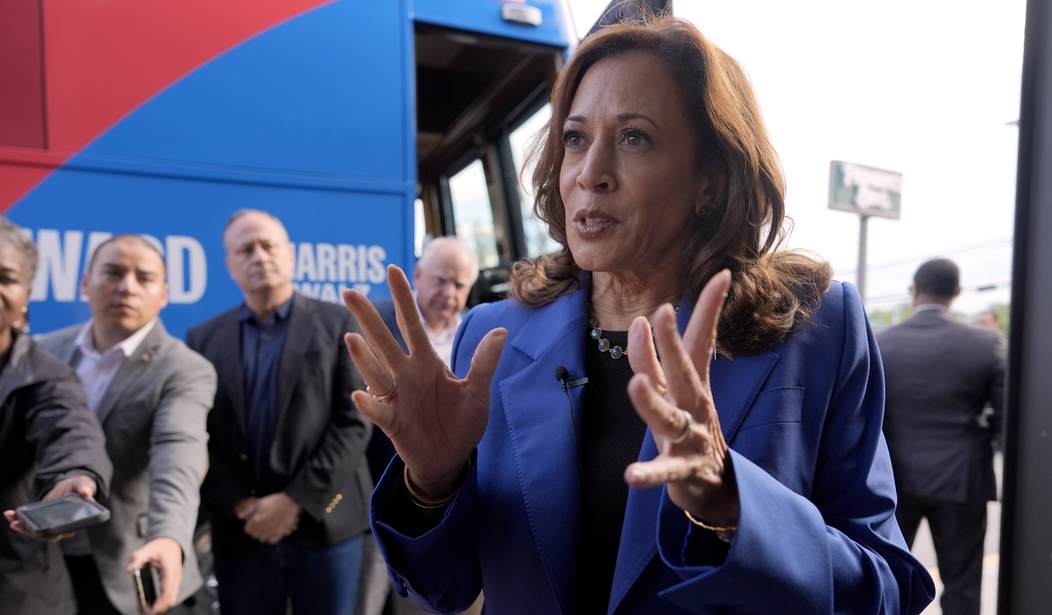Healthcare costs are wildly out of control, a reality that has affected millions of Americans. In the current economic climate, inflation and other issues have made it harder for people to afford groceries, fuel, and other necessities – especially healthcare.
This analysis of government data estimates that people in the United States owe at least $220 billion in medical debt. Approximately 14 million people (6% of adults) in the U.S. owe over $1,000 in medical debt and about 3 million people (1% of adults) owe medical debt of more than $10,000.
The share of adults with medical debt varies considerably across the U.S. Hawaii (2.3%) and D.C. (2.7%) have the lowest share of adults with medical debt. States with the highest share of adults with medical debt include South Dakota (17.7%), Mississippi (15.2%), North Carolina (13.4%), West Virginia (13.3%), and Georgia (12.7%).
One of the more pressing matters in this situation is medical debt, an issue Vice President Kamala Harris vowed to address if she is elected. "As president, I will bring together labor and workers and small-business owners and entrepreneurs and American companies to create jobs, to grow our economy and to lower the cost of everyday needs like health care and housing and groceries," she declared at the Democratic National Convention.
Some are pushing a national version of North Carolina’s plan to eliminate $4 billion in medical debt for 2 million residents. In this episode, I explain why this is nothing more than a band-aid solution that fails to address the root cause of the problem.
Healthcare costs will continue to become an increasing problem as long as the government keeps its meddlesome fingers in the industry. The solution is to give power of healthcare decisions back to the people instead of allowing the state and its corporate cronies to control the industry.













Join the conversation as a VIP Member